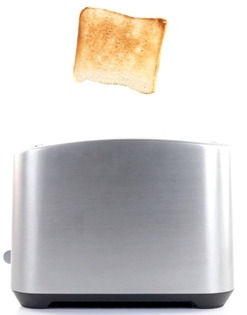Hey, who stole my bread?
- perrinmiller
- Sep 17, 2020
- 2 min read

A young boy had a slice of bread and was asked if he would like some toast. The lad was unsure, but it was an adult asking the question, so he nodded along. The woman took the bread away and put it into a metal box. A few minutes later she handed him a plate with toast on it. He looked it over, it was brown in color and hard to the touch. It was not his soft and white bread. Confused, he asked the thief, “Where’s my bread?” We try to understand a problem or situation, our conclusions reliant upon the evidence that we have. Critical thinkers not only try to objectively come up with solutions and explanations, but they must apply their analysis to the evidence they use as well. Faulty evidence almost always leads to faulty conclusions. We don’t want to accuse our mother of stealing our bread, do we? We should evaluate any presented evidence with some careful examination. You can ask the following questions: Is it fact or opinion? Does it adequately meet the conclusions? Is it accurate or credible? Is it appropriate? If you find that information cannot be proven, then how can you trust its accuracy? We know from the fallibility of perceptions that even visual evidence can be misleading. After all the fake news reported from anonymous sources, should you give any credibility to those narratives? We can see examples every day in the news where facts are distorted, omitted or taken out of context. Jeff Minick has an article from 1 Sep that illustrates the danger of not evaluating information effectively.
Please give me a “like” and share with others. Thank you for reading.



Comments